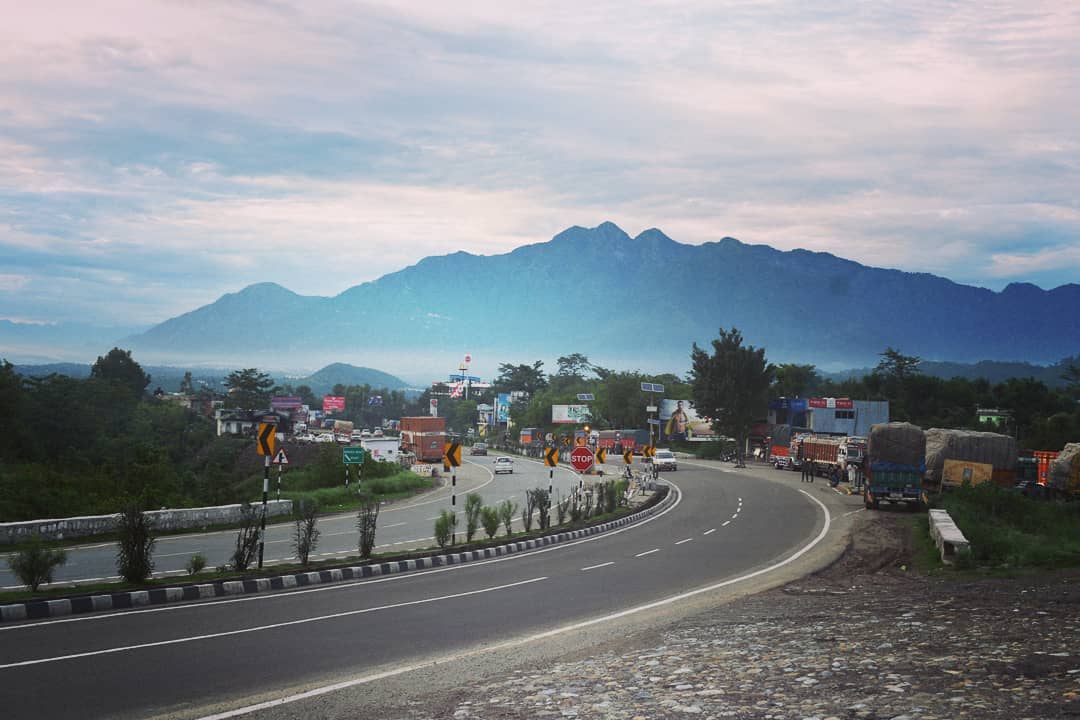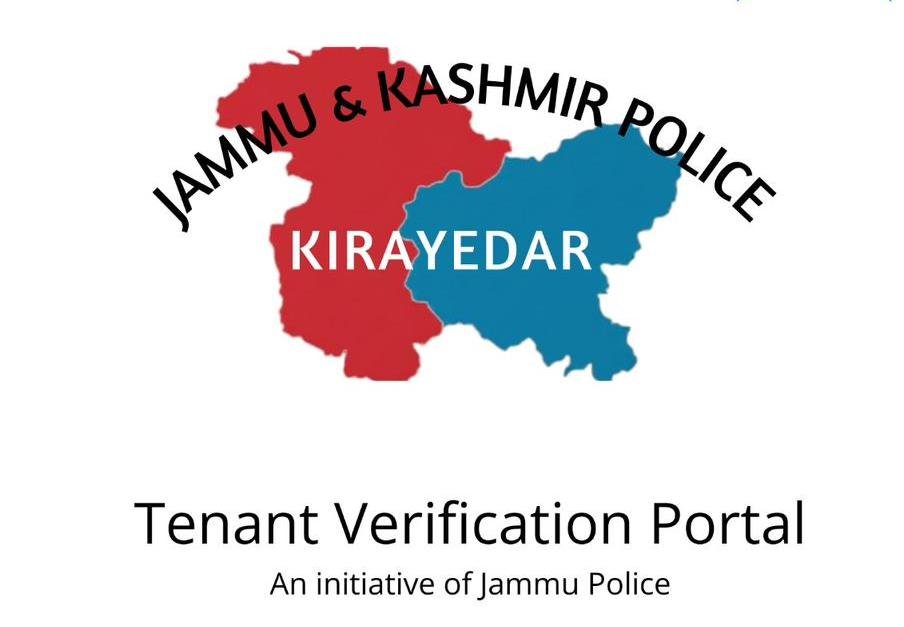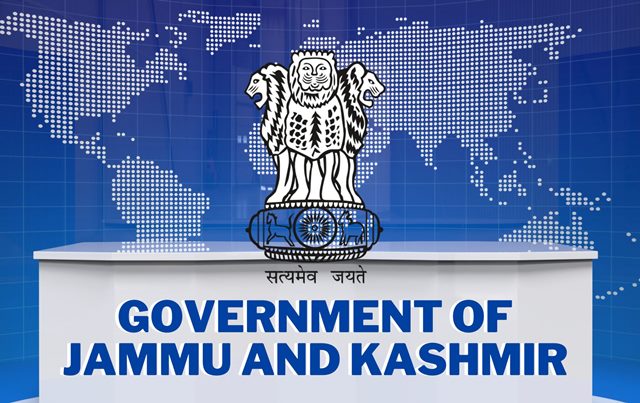By: Anmol Gupta
“Gar firdaus, ruhe zamin ast, hamin asto, hamin asto, hamin ast” (which translates to “if there is ever a heaven on earth, its here, its here, its here“) were the words used by the Mughal emperor Jahangir to describe the beauty of Kashmir. Blessed with rivers, lakes and all kinds of natural beauty the region of Kashmir is among the most scenic places on the planet.
Several thousand kilometres to the east is the country of Japan. Today Japan is among the most developed countries of the world with a high standard of living and a record of excellence in every sphere. But not too long ago, bearing the brunt of the US onslaught during World War II (including two nuclear bombs) all the major industrial and residential centres of the country stood completely ravaged. With houses primarily made of wood, catastrophic fires owing to the allied bombing of the area and a series of earthquakes ensured that towards the end of 1945 the city of Tokyo was burned to the ground. The situation in places like Nagoya, Kobe, Yokohama, Osaka and 62 other Japanese cities was only worse. Countries like India or the USA or Australia are blessed with many natural mineral resources but there were only insignificant mineral deposits in Japan while the frequency of Earthquakes and cyclones is among the highest in the entire world. To compound matters, suffering at the hands of the Japanese imperialists for decades preceding World War II, the neighbouring countries harboured deep hatred for Japanese. But the sheer grit of the people and their determination ensured that Japan in the face of such adversity rose quickly from the ashes and within a matter of 30 years was among the most developed economies of the world.
If we have Japan on the one end of the spectrum, on the other we have the region of Kashmir. The creator of the planet was very kind to Kashmir and blessed it with so much natural beauty be it valleys, lofty mountains & gentle hills, springs, exotic flora, perennial rivers, streams, lakes, rain, snow, apples, saffron and so much more. If the Japanese lived in Kashmir, Switzerland would have aspired to become the ‘Kashmir of the West’. But it seems the nature has its own way of balancing things after all the most trouble prone areas of the world are the ones with the maximum Petroleum resources (read Iraq, Syria, Venezuela, Nigeria, Yemen and the likes).
The Japanese shaped the future of Japan but while in Kashmir the very hands which were supposed to shape its future are instead hell bent on destroying it. There is a marked difference today in what Jehangir saw in the sixteenth century and what Kashmir has become. If the problem was limited to the shrinking of the size of Dal Lake due to encroachments, the indiscriminate cutting of trees leading to harsh summers, the pollution of the water bodies and the crumbling tourist infrastructure, it could all have been reversed over a period of time. But this prolonged turmoil in the valley is unfortunately reaching a point of no return.
The very mention of Kashmir and the first thing that will crop up in the minds of most people today is the image of a Stone Pelter. Srinagar, Anantnag, Shopian, Kulgam, Kupwara, Budgam or Sopore, the place may change in Kashmir but people throwing stones at the establishment (in their quest for independence) remain common. The brightest of these Stone Pelters graduate to become full fledged terrorists. In this knowledge and digital age, when quality education for children tops the agenda of most communities, perhaps the territory under Boko Haram in Nigeria, the ISIS controlled territory in Iraq/Syria and Kashmir are the only places in the world where people shamelessly burn schools meant to educate their own children. A nation which burns its own schools is in fact burning its own future. If burning of schools was not sufficient, there are these numerous Bandhs (which sometimes continue for months) to ensure that the Kashmiri children do not stand a chance in this ever so competitive world. A sane person will agree with the hypothesis that a nation which prioritises stone pelting over education does not deserve independence in the first place.
Read also : Imagining an Independent Kashmir: Decoding a Disaster
The folly of Azaadi which so many Kashmiris seek may well never come considering the ever increasing might of the Indian state. But for a moment, if Kashmir did become independent how do the people of the place intend to manage affairs. Does the region have any significant revenue sources to depend upon once the assistance from the Central Indian government stops? While Pakistan may have the capacity to fund certain radical and terrorist organisations in the valley, does it have the means to maintain a 70 lakh strong population accustomed to freebies. Will Pakistan offer electricity at near zero cost to Kashmiris not accustomed to paying utility bills? Will it offer ration at heavily subsidised rates? Will Pakistan pay salaries to 5,00,000 government employees who in most cases have only been employed to reduce unemployment? Does Pakistan have the means to invest in Roads, Railways and tourism related infrastructure in Kashmir? Sadly, the hard fact remains that the future of Kashmir without India is bleaker than what it is today. If every method has been adopted by the people in the valley seeking separation from India, why should a shot not be given at extending full cooperation to the Indian state in order to secure a much brighter future for Kashmir and the Kashmiris.
The issues that should be on the mind of every Kashmiri are education, revival of tourism and economic growth of the valley. But sadly, religious fundamentalism and the resultant hatred for India are the only issues that interest a large section of the population. A teenager pelting stones today may also do it the next year and the year after, but what real skill will he have to bank upon the day he needs to provide for his family. It is the separatist leadership of Kashmir who shall be solely at fault if the Kashmiris tomorrow are found to be unemployable as it is them who are leading Kashmir on this path of self destruction.
Perhaps total destruction is the only solution to the Kashmir problem as in the case of Japan which progressed and rose in the global pecking order after witnessing humiliation and annihilation at the hands of the allies during World War II. Maybe this is the destiny of Kashmir wherein it will eventually rise from the ashes and set things in order no matter how bleak the possibility. It is for the Kashmiris to decide whether they should continue to remain a Nation of Stone Pelters or utilise the many gifts nature has bestowed upon them for a brighter future.















